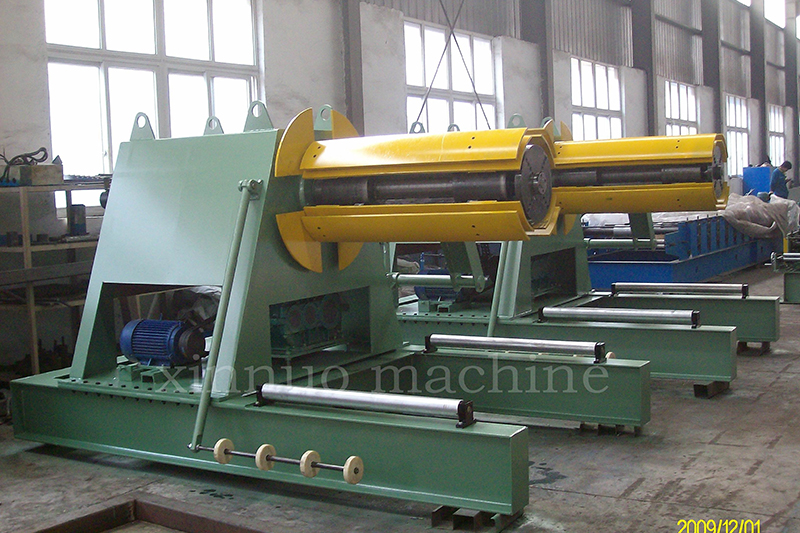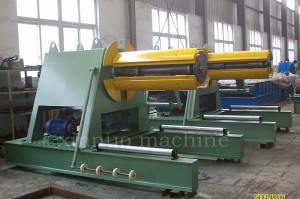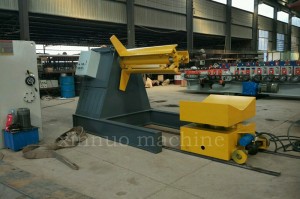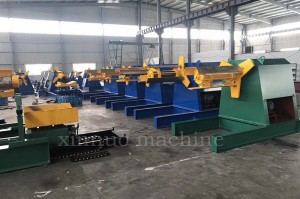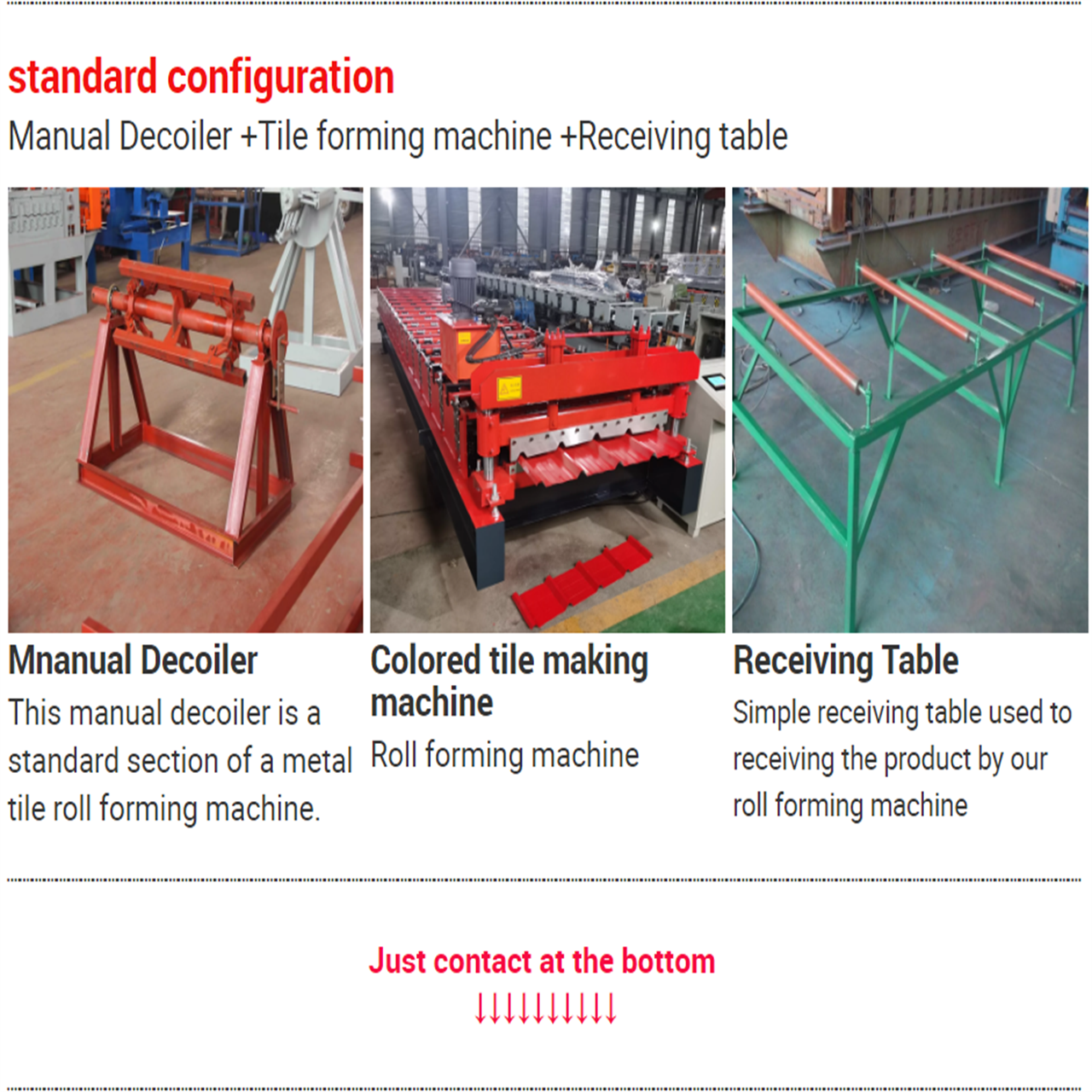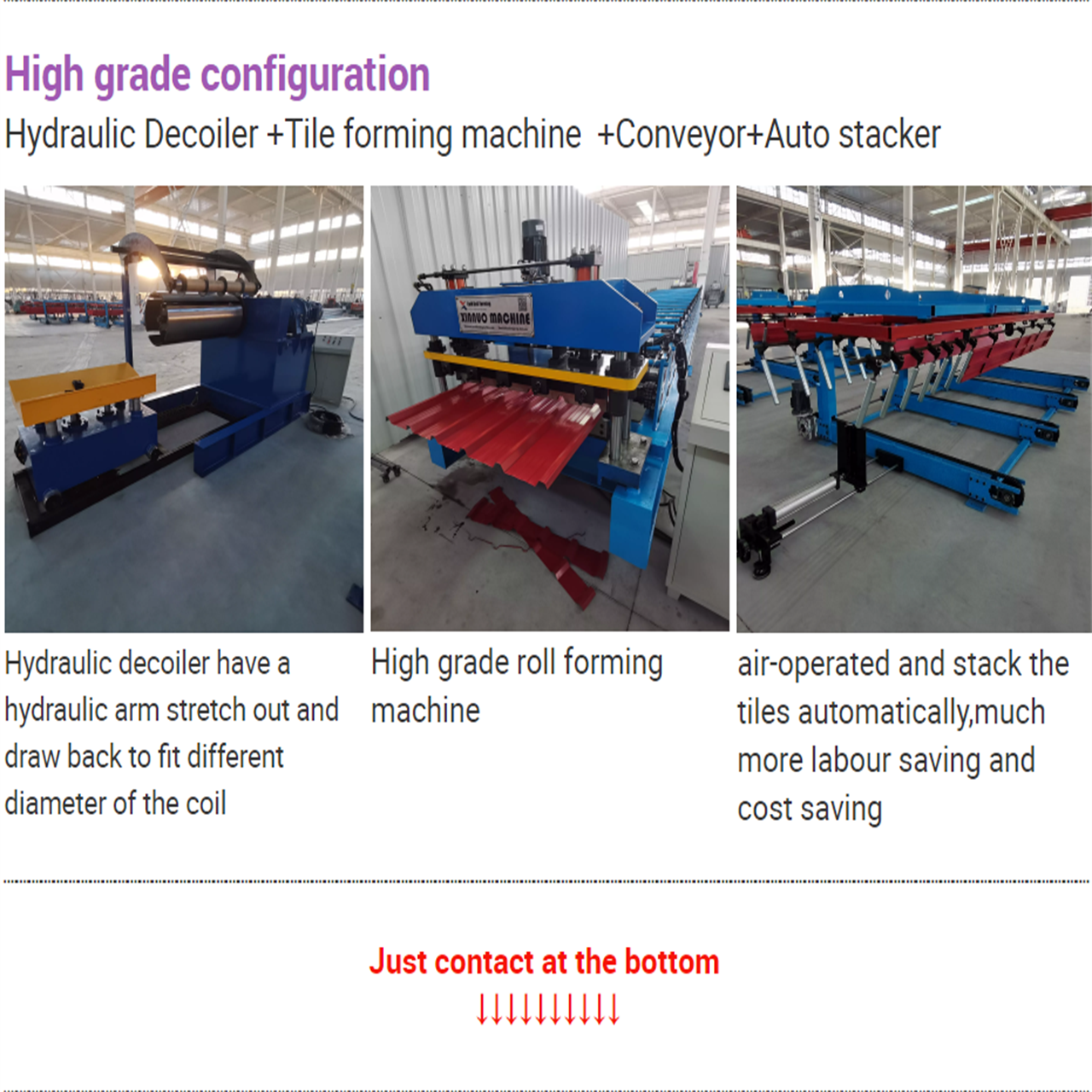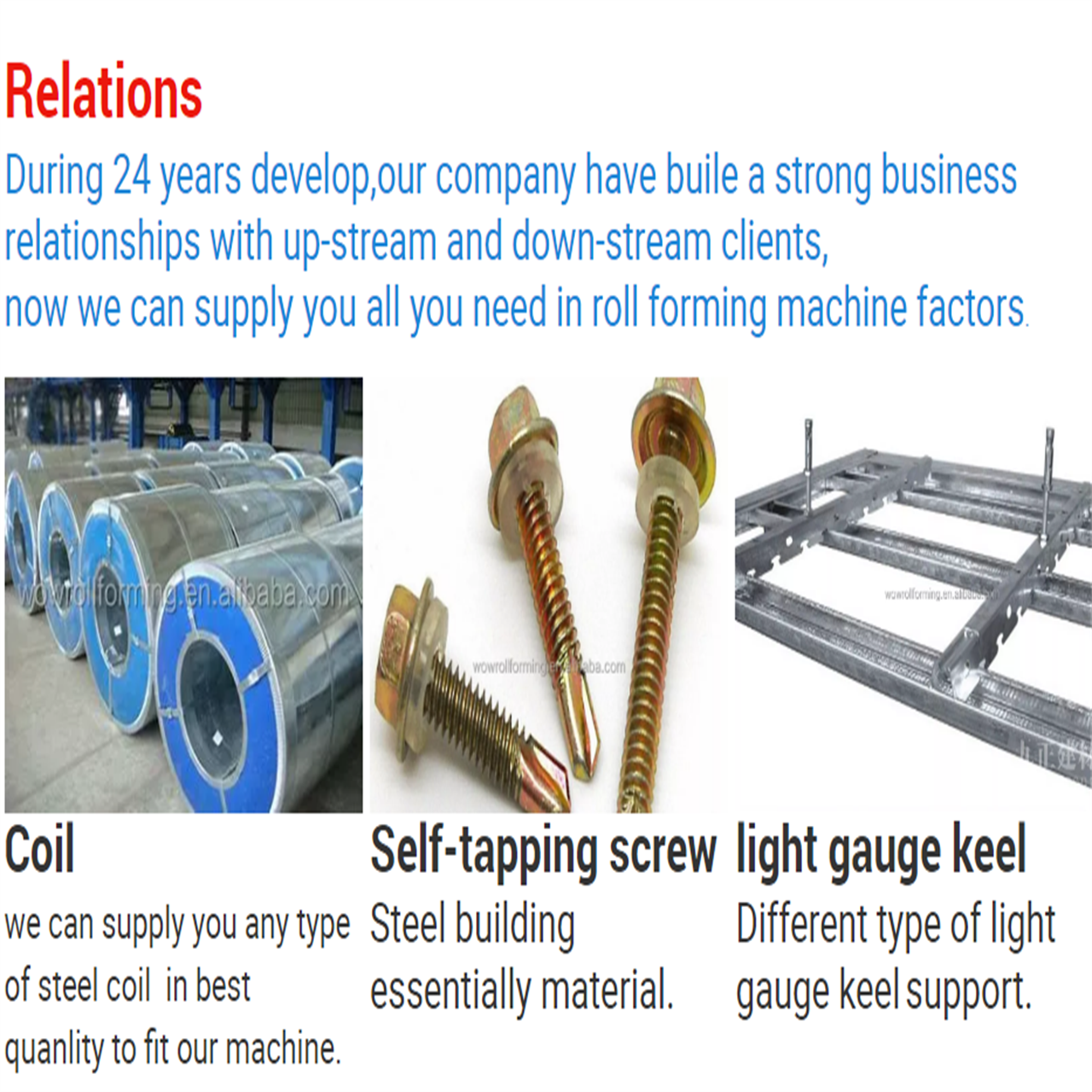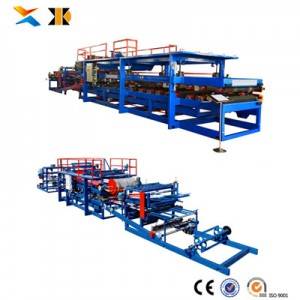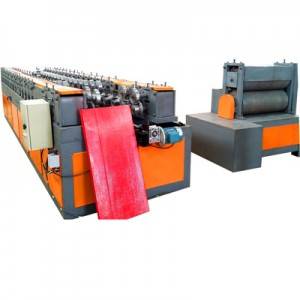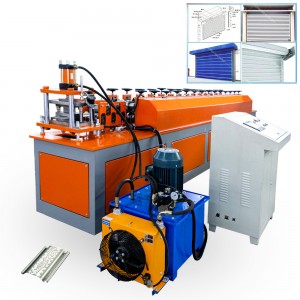Xinnuo metal coil hydraulic decoiler and rewinder,
Cold Roll Forming Machine, Decoiler, rewinder, Roll Forming Machine, uncoiler, xinnuo,
*Detail
This roll forming machine produces roller shutter door with the roll forming technique in a synchronous forming manner. With computer control system, hydraulic shearing, and auto counting system, the production is conducted fully automatically. The roll forming system contributes to smooth and flat panel surface. Supported by an experienced design team, Xinnuo is competent in offering you efficient customization service. Any customization requirements upon panel’s width, thickness, and appearance will be met here.
*Features
a. The shearing speed of the roll former Is up to 10-16m/min. The upper roll can be corrected automatically so the system can still work well under high speed.
b. The shearing system is equipped with punching devices. The max allowable shearing thickness of the roll former is up to 1.2mm, while the shearing thickness of common machines is generally no more than 0.6mm.
C. Can be customized according to customer requirements
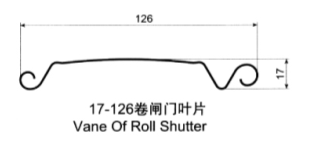
*Specification
| Control System | PLC Colored Touch Screen |
| Main Frame | 18mm steel welding |
| Main Power | 3kw |
| Pump power | 3kw |
| Power Supply | 380V, 3-Phase,50Hz or any |
| Forming Speed | 8-16m/min |
| Roll Station | 14 stands |
| Shaft Diameter | 50-70 mm |
| Feeding Thickness | 0.3-1.2mm |
| Cutter Standard | GCr12 |
| Roller Standard | 45# Plating Cr |
*Details Pictures



*Application



The hydraulic decoiler is a device that utilizes a hydraulic drive system to uncoil rolls of material. Its main function is to unwind rolls of sheet metal, paper, plastic, or other materials that are typically wound into rolls for storage and transportation.
The hydraulic decoiler works by using a hydraulic system to generate the necessary torque and force to unwind the roll. The hydraulic system consists of a pump, valves, and cylinders that work together to control the movement and positioning of the decoiler.
The decoiler is typically equipped with a frame, a hydraulic system, an electrical control system, infeed and outfeed rollers, and a mechanism for unwinding the roll. The frame provides the structural support for the decoiler, and the hydraulic system generates the force required for unwinding. The electrical control system manages the operation of the decoiler, controlling the flow of hydraulic fluid and the movement of the decoiler components.
The infeed and outfeed rollers support the material as it is being uncoiled and guide it through the decoiler. The unwinding mechanism can either be a set of mandrels that rotate the roll or a set of nip rolls that pinch and pull the material from the roll.
The hydraulic decoiler is commonly used in industries that require processing or handling sheet materials, such as metalworking, paper manufacturing, packaging, and printing. It is essential in production lines where material needs to be unwound for further processing or inspection.
To ensure smooth operation and longevity, it is essential to maintain and lubricate the decoiler regularly. Regular checks should be carried out on the hydraulic system, including the fluid level, filters, and seals. Additionally, the infeed and outfeed rollers should be regularly cleaned and adjusted to ensure proper guiding and material handling.
Proper operation and regular maintenance of the hydraulic decoiler are crucial for ensuring efficient production and material handling.
♦ COMPANY PROFILE:
Hebei Xinnuo Roll Forming Machine Co., Ltd., not only produce different types of professional roll forming machines, but also develop intelligent automatic roll forming production lines, C&Z shape purline machines, highway guardrail roll forming machine lines, sandwich panel production lines, decking forming machines, light keel machines, shutter slat door forming machines, downpipe machines, gutter machines, etc.
Advantages of Roll Forming A Metal Part
There are several advantages of using roll forming for your projects:
- The roll forming process allows operations such as punching, notching, and welding to be performed in-line. Labor cost and time for secondary operations are reduced or eliminated, reducing part costs.
- Roll form tooling allows for a high degree of flexibility. A single set of roll form tools will make almost any length of the same cross-section. Multiple sets of tools for varying length parts are not required.
- It can provide better dimensional control than other competing metal forming processes.
- Repeatability is inherent in the process, allowing easier assembly of roll formed parts into your finished product, and minimizing problems due to “standard” tolerance build up.
- Roll forming is typically a higher speed process.
- Roll forming offers customers a superior surface finish. This makes roll forming an excellent option for decorative stainless steel parts or for parts requiring a finish such as anodizing or powder coating. Also, texture or pattern can be rolled into the surface during forming.
- Roll forming utilizes material more efficiently than other competing processes.
- Roll formed shapes can be developed with thinner walls than competing processes
Roll forming is a continuous process which converts sheet metal into an engineered shape using consecutive sets of mated rolls, each of which makes only incremental changes in the form. The sum of these small changes in form is a complex profile.


